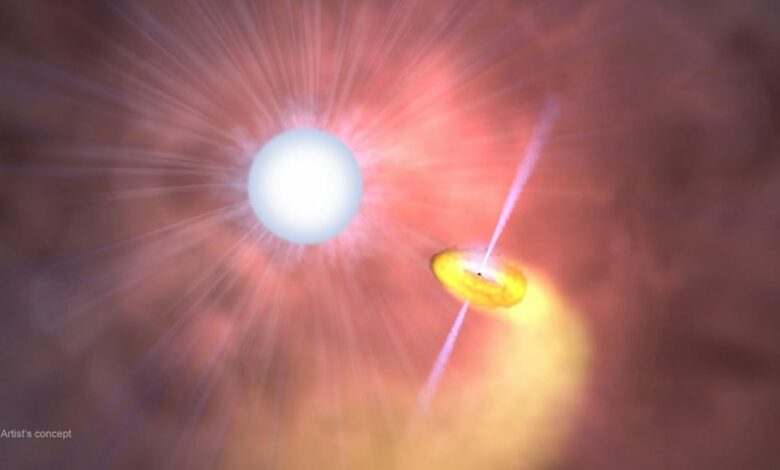NASA and JAXA’s joint XRISM mission finds detailed data from an X-ray emitting star

A new analysis of Cygnus By examining X-rays from this unique binary system, XRISM has given astronomers the clearest view yet of the energetic gas flows at work.
Intriguing features of Cygnus X-3
The system consists of a high-mass Wolf-Rayet star and a likely black hole, making it one of the most studied objects in X-ray astronomy. detailed NASA.
Ralf Ballhausen, a postdoctoral associate at the University of Maryland and NASA’s Goddard Space Flight Center, commented in a statement to NASA on the importance of the system’s Wolf-Rayet star, noting the strong stellar winds that drive gas release to the outside.
The compact companion in the system sucks in some of this material and heats it to emit high-energy X-rays. Using XRISM’s Resolve spectrometer, scientists can now observe the intricate gas dynamics involved in this process, capturing details that were previously unavailable.
XRISM’s Resolve instrument reveals new spectral details
Timothy Kallman, an astrophysicist at NASA Goddard, emphasized the importance of Cygnus .
The observations, made over 18 hours, reveal a spectrum that points to complex gas dynamics, including the outflow from the Wolf-Rayet star and interactions with the likely black hole.
Doppler effect provides clues about gas movement
Due to the rapid movement of gas within the system, certain features of the X-ray spectrum are energy-shifted – a phenomenon explained by the Doppler effect. Brian Williams, NASA’s project scientist for the mission, noted that this effect allowed researchers to observe high-speed shifts that shed light on the star’s stellar wind dynamics, absorption patterns and possible black hole signatures.




